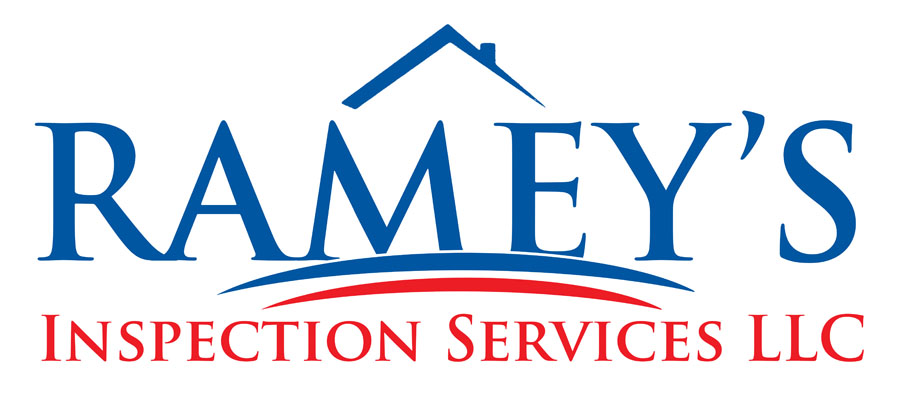Follow Us x
Why You Should Have Sewer Line Inspection Done Before Buying A House
If you're about to purchase a house, a home inspection will most likely be part of the process. Even if you're paying for a house in cash, you should still have a property inspection done in order to protect you from problems that might not be evident to the average person.
But even if you have a home inspection done, it's not going to catch certain problems. There are other aspects of a house that are more involved that you should consider, such as radon testing, mold inspection, and sewer line inspection with a sewer camera. Today we're going to look at why this last one is so important.
What Are Sewer Pipes?
It might sound like a silly question, but it's important to know what you're getting when you hire someone for a sewer inspection with a sewer scope.
Freshwater comes in through your plumbing to assist you with brushing your teeth, washing your clothes, showering, and filling your toilet bowl. When you're done with the water, it goes down any number of drains and meets up with the main sewer line that takes it all out to the public sewer system. This is the section known as a lateral line, and the homeowner is responsible for it.
Sewer scope inspection does not include the pipes that are under your sink or those that lead to the lateral line. If you are having problems with grease clogging up your sink's drain, that's work for a plumber to do.
What Are Sewer Pipes Made From?
Concrete and plastic pipes are very popular, as is cast iron. But other types of pipes, such as clay or transite (concrete and asbestos) also exist.
Why Do Sewer Pipes Fail?
Plastic sewer pipes made from PVC or ABS seem to be holding up pretty well. The soil doesn't break them down, and if the ground shifts a little they are able to bend in order to accommodate. Tree roots can get into joints, but the long length of most lateral lines ensures that those joints are few and far between.
It's the older types of pipes that have the most problems. Cast iron can rust, and the lead solder at the joints can eventually fail. Concrete can crumble over time, and if the ground shifts, it's likely to crack. As that ground continues to shift, the two halves of pipe can now become so misaligned that they no longer allow sewage flow through. The same is true for clay pipes.
Of course, all of these pipes are susceptible to tree roots getting in. Most of the time it's the very fine tree roots that get into pipes, creating a web that traps anything that heads down the drain. Grease from the kitchen sink adds to the clog, potentially causing a backup.
The problem is, if you are considering purchasing an older home, there's seldom a public record of what types of sewer pipes were put in your neighborhood. The only way to find out is with a sewer line inspection with a sewer scope.
What Is A Sewer Scope?
A sewer scope, also called a sewer scan or a sewer camera, is a type of camera that is sent down your lateral sewer line in order to look for problems. This camera relays an image to a monitor at ground level so that the home inspector can see if there's anything wrong with the pipes. If there are tree roots but the pipe is unbroken and aligned with the rest of the pipe, a sewer cleaner can send down whirling blades to dislodge them. But if the pipe is misaligned (or a great deal of it is missing, in the case of concrete pipes), the potential home buyer could decide that this isn't the house for them or negotiate a better deal. A sewer line inspection gives you either peace of mind if everything is okay, or a heads-up if something is wrong.
Why Are Sewer Camera Inspections So Important?
Lateral line replacements are very expensive, and the house will be without wastewater evacuation until it's fixed. They often require the entire front yard to be torn up, and that means losing trees and hiring a landscaper to fix the lawn afterward. It's a big deal, and a potential homeowner should know what they're getting into.
Contact Ramey's Home Inspection For Sewer Camera Service!
When you're about to purchase a home, make sure you know what you're getting. That includes hiring a sewer scope operator to make sure that your wastewater goes away for good. Give us a call us at (925) 864-2438 for home inspection, and to get a sewer scan done!



